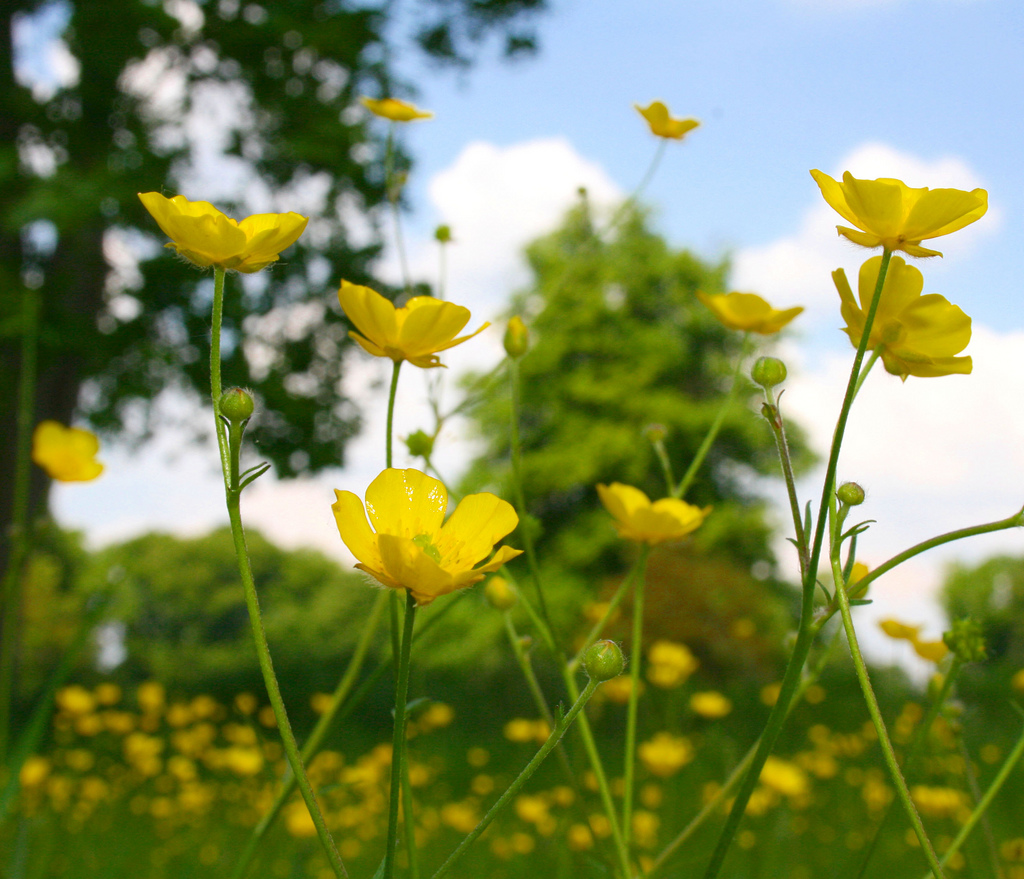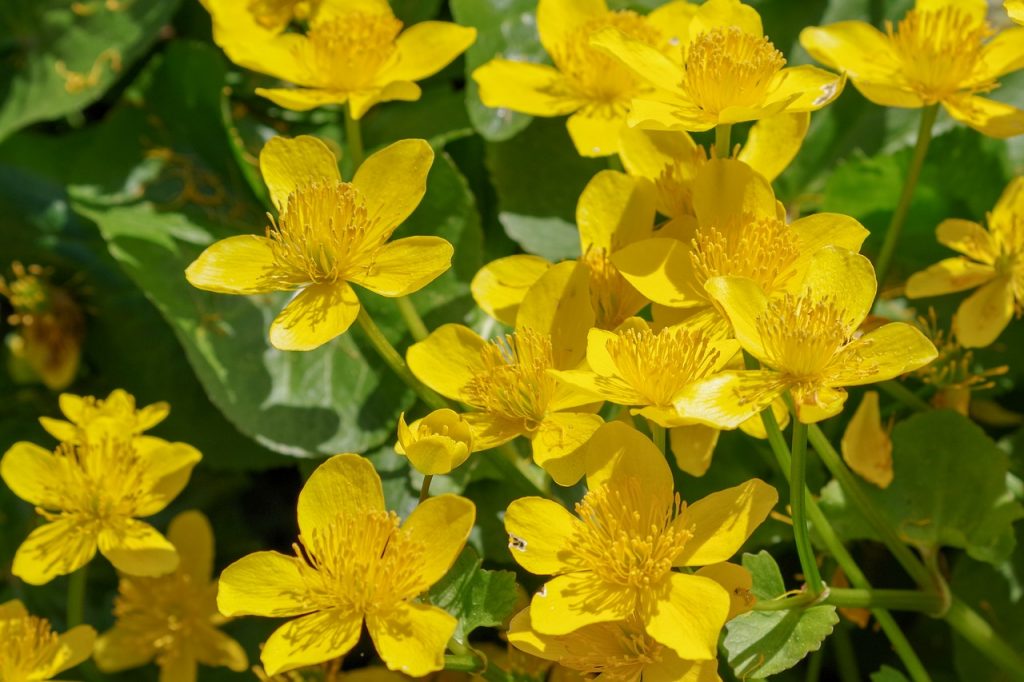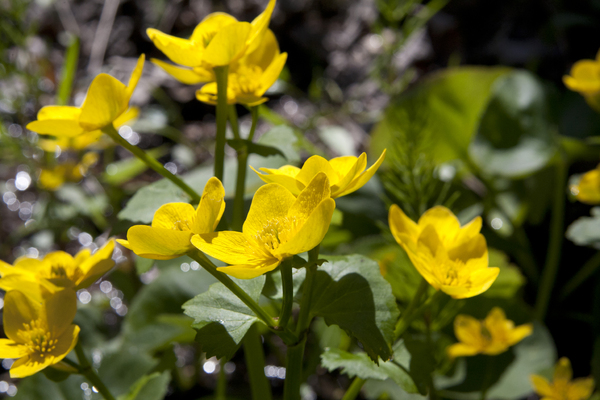

(7-10 C.) at night to break dormancy and begin sprouting. (16 C.) during the day and 45 to 50 degrees F. Ranunculus buttercup plants require temperatures of no more than 60 degrees F. Replant the buttercups outside when all danger of frost is passed, and the first true leaves are evident. Store the tubers in a dark location until spring and then start them indoors in pots. meadow - buttercup stock pictures, royalty-free. antique color plant flower illustration: upright meadow crowfoot (ranunculus acris) - buttercup stock illustrations. shows: vascular bundles arranged in a ring (typical of dicots), xylem, phloem. Lay them in a cool, dry place to evaporate all the moisture from the bulbs. buttercup (ranunculus), herbaceous dicot, 8x. Care of Ranunculus to ensure yearly displays may require that you pull out the tubers at the end of the season.Īllow the foliage to almost completely die back and then dig out the tubers. Care of Ranunculusīuttercup is an easy flower to grow. Soak the tubers and then plant then with the roots or fingers pointed downward at a depth of 1 to 2 inches (2.5-5 cm.), depending on the size of the bulbs.
#BUTTERCUP PLANT FULL#
Growing Ranunculus flowers requires well-drained soil and full sun for best results. Plant the bulbs or tubers in fall for a glorious spring display. Often called Ranunculus bulbs, tubers are different but have similar structures and purposes to the more common bulb. Growing Ranunculus flowers starts with planted roots or tubers. Plant Ranunculus bulbs outside in fall in warmer zones and start them indoors in pots in cooler climates. The thick rosettes will last for a week or more when used as cut flowers. Use the plants in borders, containers, and wildflower fields. The tubers must be soaked prior to planting for best results. You may start Ranunculus bulbs directly outdoors or purchase started transplants at a nursery. Some varieties will produce flowers that span 6 to 12 inches (15-31 cm.) in width. You can choose standard sized Ranunculus plants or dwarf specimens, which only get 8 inches (20 cm.) high. The flowers boast layers of petals and will develop up to 12 inches (31 cm.) in height. Using buttercups for the garden will reward the grower with an abundance of color and texture from early spring into the first month of summer.īuttercups for the garden come in an array of colors from white, red, and gold to orange, yellow, and pink. Ranunculus bulbs come in several sizes and are best planted 4 inches (10 cm.) apart. Ranunculus Buttercup PlantsĪ colorful field of flowers livens up the landscape and is easy to achieve with Ranunculus plants. (-2 C) and thrive best in USDA zones 8 to 10. They are easily damaged by temperatures below 28 degrees F. The plants aren’t very hardy and may be annual in colder zones. The almost unpronounceable name covers a large group of perennials from Asia and Europe. We are asking you to help us scout areas near you where it is likely to be found, so that emerging infestations can be documented, treated and monitored.Ranunculus buttercup plants produce cheery, multi-petaled flowers. Many homeowners don’t yet know, and the naturalized plants themselves couldn’t care less…. In South Carolina we can be thankful that our regulatory officials recognized its invasive behavior Fig Buttercup is now illegal in the state! but the word is slow to get out.

If regulatory agencies across the South can be persuaded to ban this plant, we have a chance to prevent its further spread. Another reason, is that it is currently established in only a few places in the South (that we know of).These lingering vegetative propagules make it very, very difficult to get rid of, once established.

One reason for the urgency is Fig Buttercup’s three-prong reproductive strategy, utilizing separated root fragments, small bulblets borne in the leaf axils and/or seeds to produce new plants onsite and downstream.Why the heightened concern? Isn’t this just another new invasive about which we all shake our heads and sigh? Even after its invasiveness was recognized, many people did not anticipate that it would behave invasively in the South, as it has begun to do. More recently, its behavior has transitioned or is in the process of transitioning to that of an aggressive invasive species that threatens bottomlands throughout its adopted range. Because of its showy yellow flowers, it has apparently been enjoyed in gardens for many years, mostly in the Northeast. It is also called Lesser Celandine, and it is sometimes confused with Marsh Marigold ( Caltha palustris). Fig Buttercup ( Ficaria verna, formerly Ranunculus ficaria) is an early-blooming perennial with origins in Europe and northern Africa.


 0 kommentar(er)
0 kommentar(er)
